Grow Tarps: The Essential Tool for Growing Warm-Season Grass in the Transition Zone
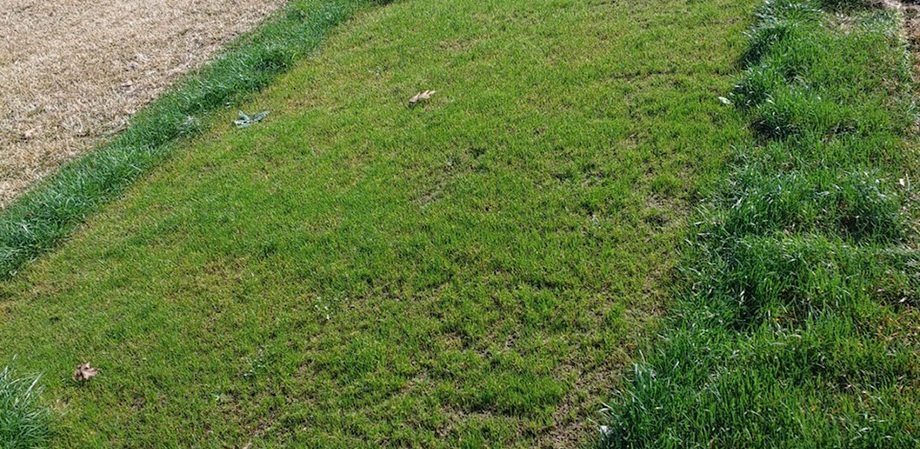
The desire to play sports all year long has increased drastically in recent years. Sports knows no boundaries on the calendar which provides a new set of issues for the professionals in the sports turf industry. Growing grass in the transition zone already comes with its own set of challenges, but growing grass in February, November, and December can be close to impossible. With the window to repair areas and provide a high-quality natural grass playing surface narrowing, we must turn to thinking outside the box and coming up with new ideas for recovery.
From my time in the field the past 8 years, I know that a wear area in an almost perfectly manicured athletic field can drive a turf manager mad. Whether the wear area is on a softball field’s outfield, 30-yard line on a football field, or on a soccer midfield or goalmouth, all can be real problems to repair during the active seasons let alone in a shrunken offseason. In the transition zone, another struggle is knowing which grass is going to hold up and is also going to be the easiest to establish and repair. Coming from the parks and recreational side of the field, we must find the grass or “grasses” that can cooperate and establish quickly to provide a safe surface. Enter the use of warm-season grasses mixed with the use of a grow tarp.
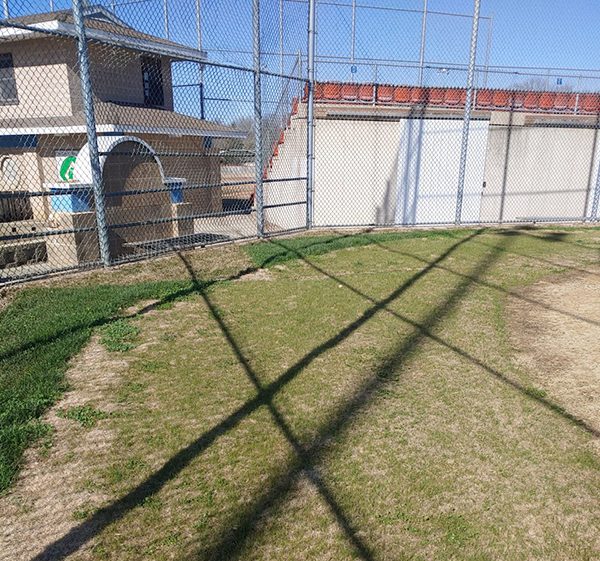
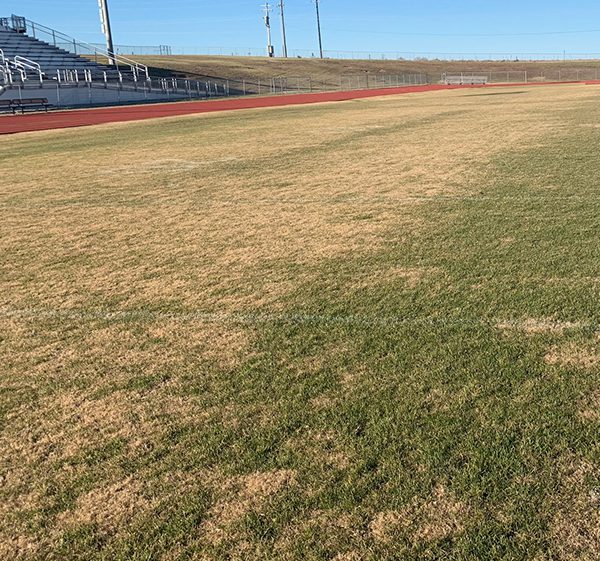
Bermudagrass has long been known as a grass that cannot grow in the transition zone because it will get winterkill and not recover. This theory seems to have been busted in recent studies, and cultivars of bermudagrass are available to our industry now. Using warm-season grasses in the wear areas can become a great tool for repairing these high traffic, high use areas. In the dog days of summer with proper cultural practices and proper fertility, warm-season grasses can repair quickly and will help to keep the playing surfaces safe. Also, combining cool-season grasses adds in that much more density to a heavily-used area. Once cool weather prevails in the spring and fall, the cool-season grass can then take over and maintain the proper turf density and footing for safe play.
Next, the grow tarp functions to protect the warm-season grass and to help jumpstart the growth of established and new cool-season grass to prepare for the “early playing season.” Once play has subsided, the grow tarp can help to keep the ground temperatures in the zone for cool-season grass to keep growing. We’ve found in our practices that aerifying, topdressing, and seeding creates an ideal seedbed with good soil contact. Then once covered with a grow tarp, the moisture and warmth will stay in the focused soil profile.

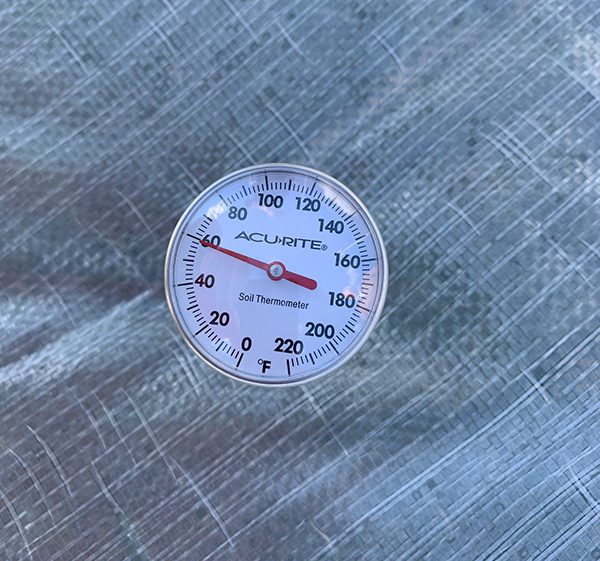
We discovered that when coming into springtime weather when the sun is shining but air temperatures still seem to hover around 40 degrees, grow tarps can heat up the area another 10-15 degrees. When we get the stretch run of 3-5 days of above-normal temps, we are seeing soil temps 2” down of 55-60 degrees which are giving us a jump start on spring and recovering our wear areas for “early play.” Peeling back a grow tarp during early February, we are finding new seedlings growing, established cool-season grass actively growing and building strength, and warm-season grasses are being protected from frosts or below-average temperatures.
We established a Bermudagrass nursery around Memorial Day weekend several years back. We grew the nursery from seed when we knew we wanted to use both kinds of grass together in the future. We could then pull sod/sprigs from the nursery when we were working on recovering a certain area/field. When we applied the topdressing and seed to the areas, we used starter fertilizer with Armament to help with establishment and then covered the area with a grow tarp. Once we peeled the grow tarps back in the spring, we used Foliar-Pak’s Microsync and Armament Concentrate as a liquid application directed to the repaired areas to provide the grass and actively growing grass with a shot of nutrition.
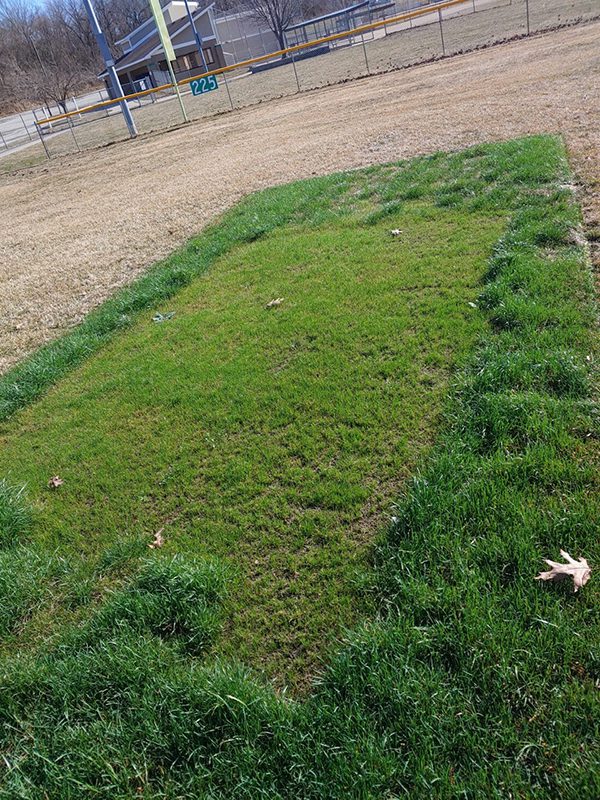
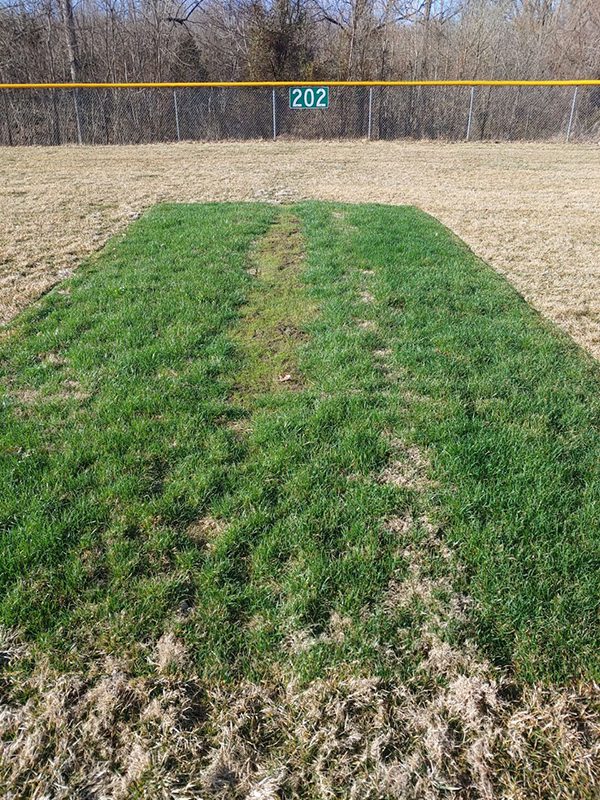
Derek Mayden
Sales Representative







